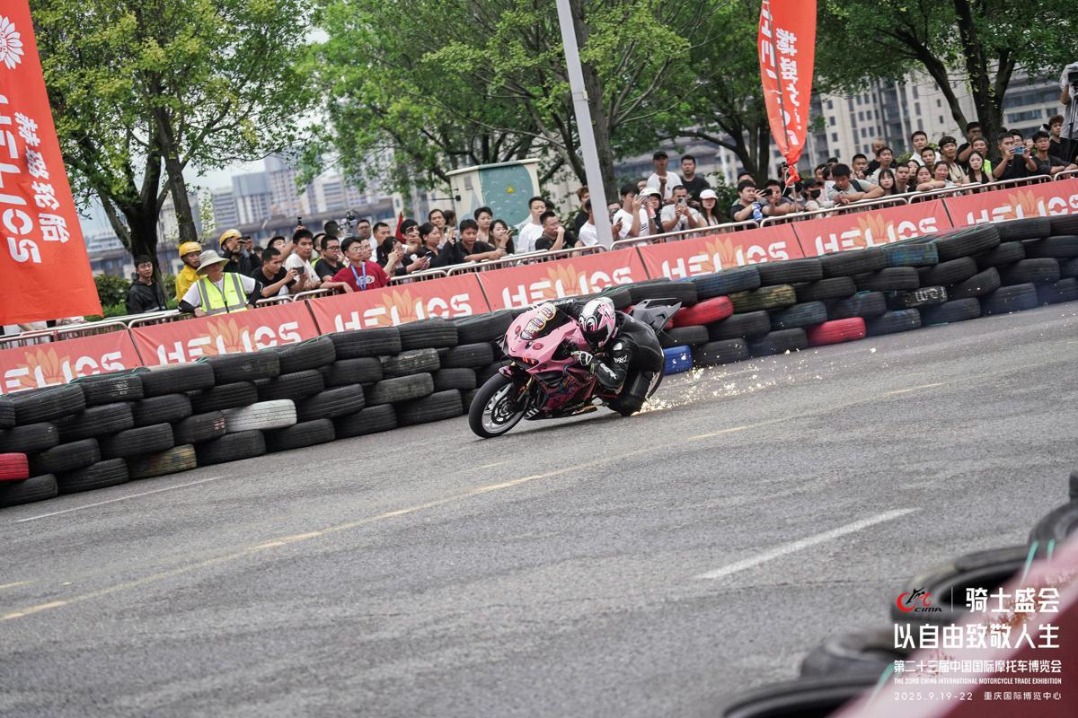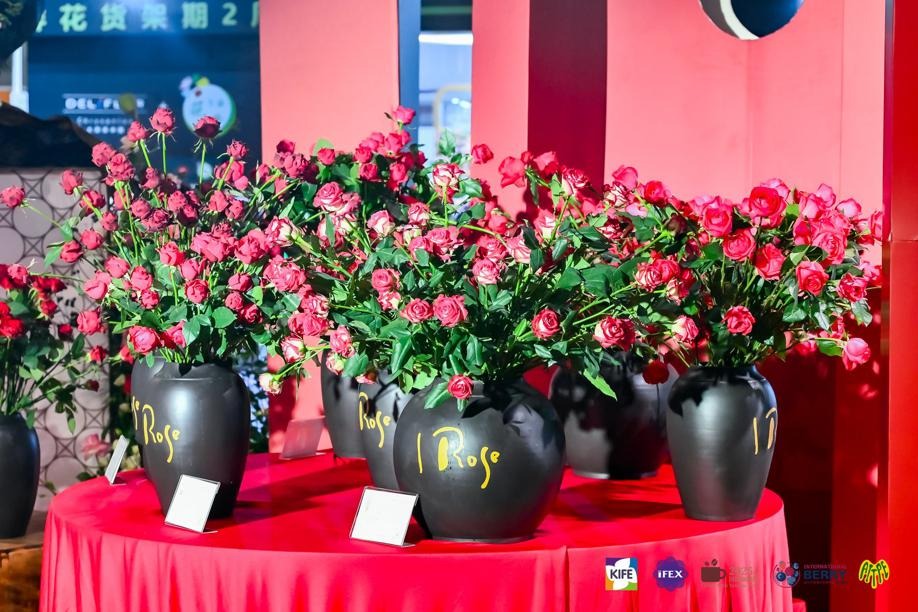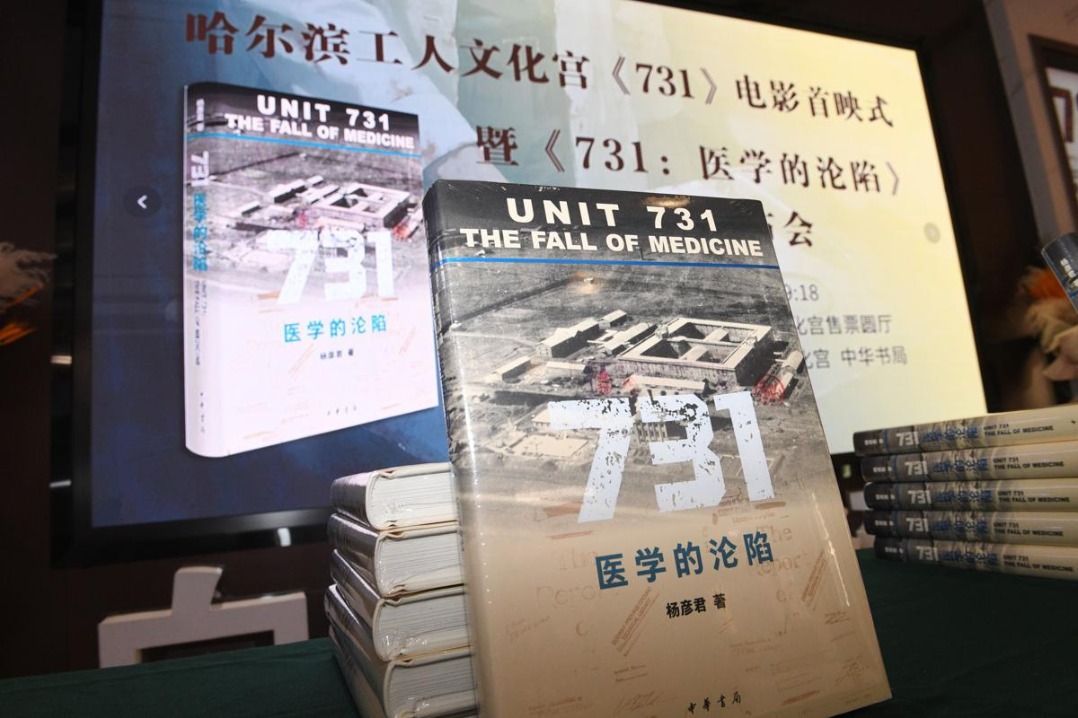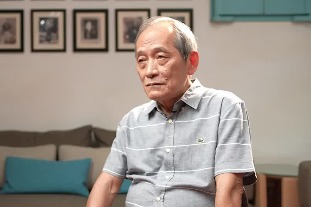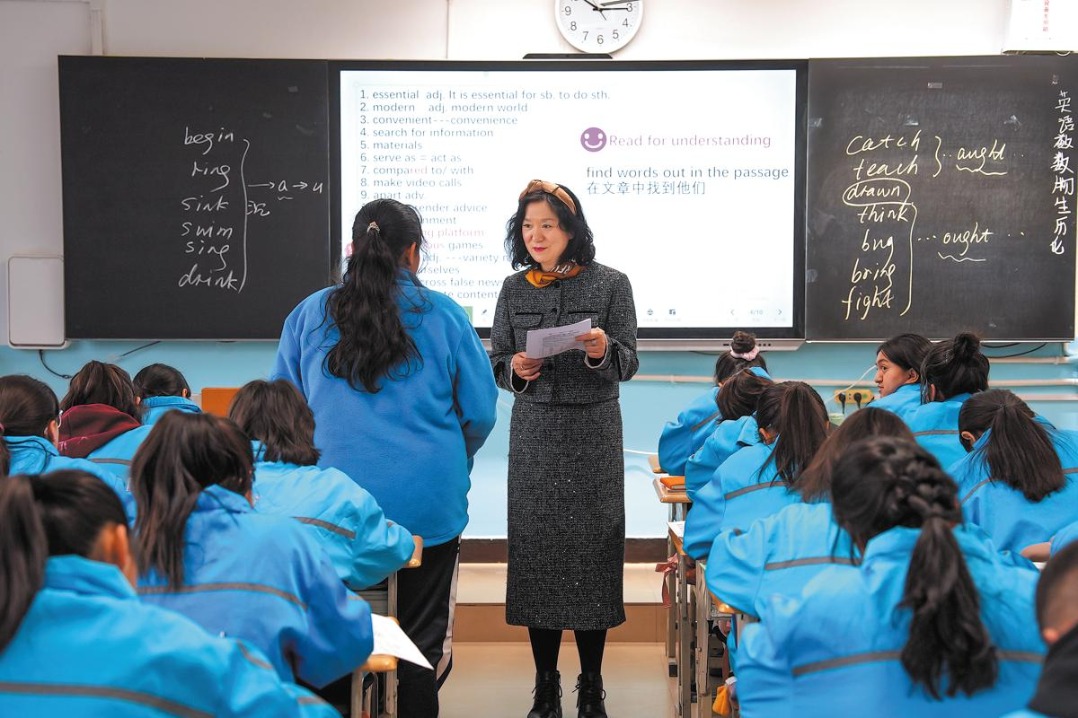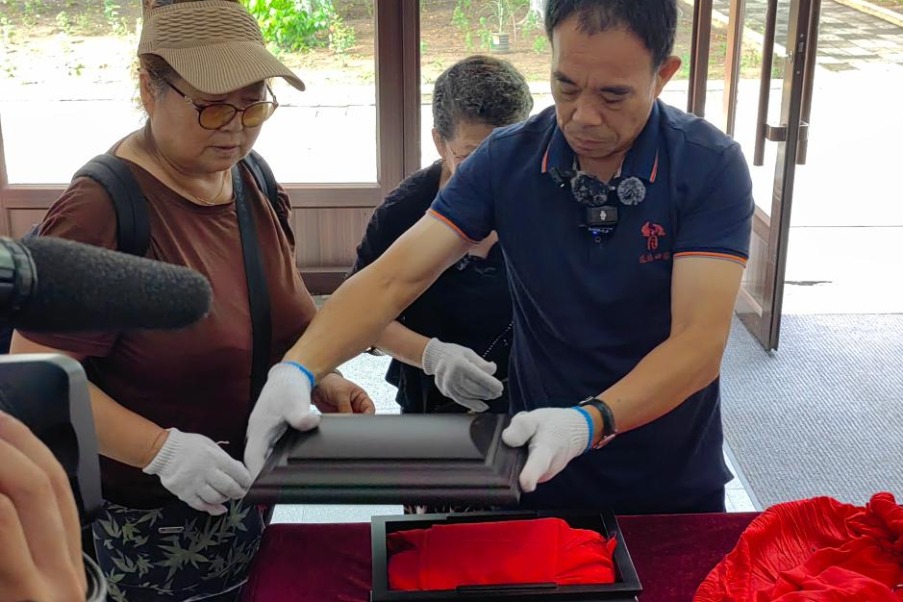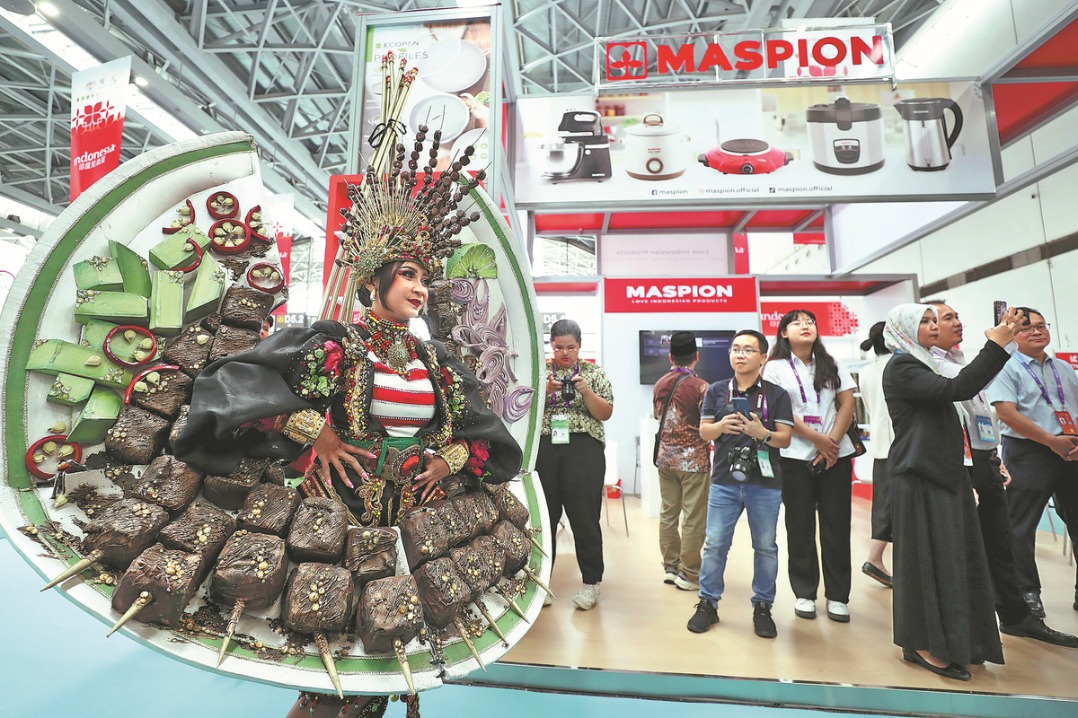Painter helps make Buddhas whole at grottoes from Sui Dynasty era
Artist uses brush to restore pilfered heads of ancient statues at Tianlongshan

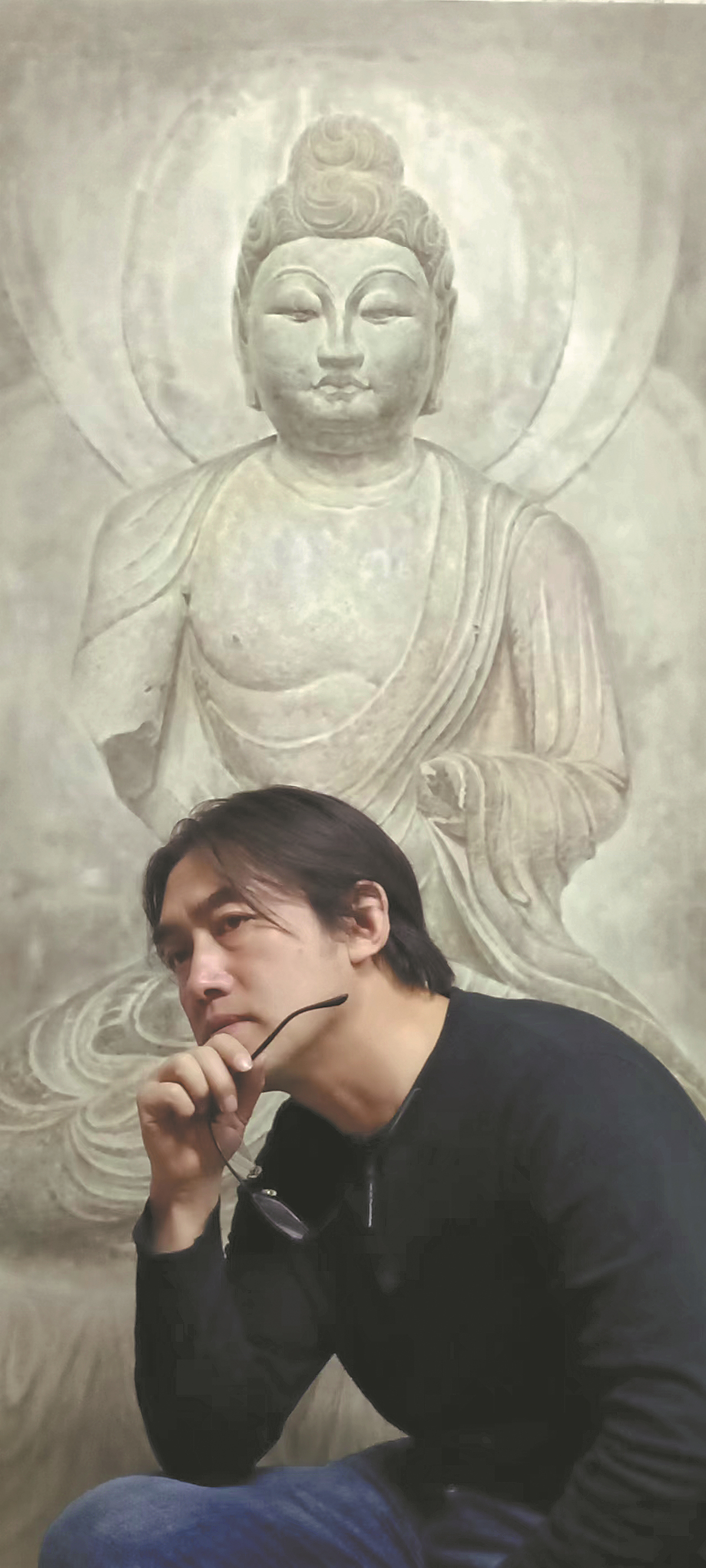
The Tianlongshan Grottoes Statue Painting Exhibition by local artist Zhang Jinfeng was launched at the Tianlongshan Art Exhibition Center in Taiyuan, capital of Shanxi province, on Jan 12.
It's taken Zhang about 10 years to paint the grottoes' Buddha statues, which date back to the Sui Dynasty (581-618), on the walls of the caves. The grottoes were dug and built over a period of 300 years.
Tianlongshan, a site of historical, architectural and artistic significance, sustained serious damage in the following decades after it was first discovered by German architect Ernst Boerschmann in 1908.
He was followed by Finnish-born Swedish art historian Osvald Siren, United States art collector Charles Lang Freer and others.
But it was the photos of the grottoes taken by Sekino Tadashi, a Japanese archaeologist from the University of Tokyo, in 1921 that prompted art dealers, thieves and smugglers from Japan to flock to the unprotected treasure trove. After bribing some corrupt monks in charge of the grottoes, they cut off the heads of the Buddha statues and smuggled them overseas.
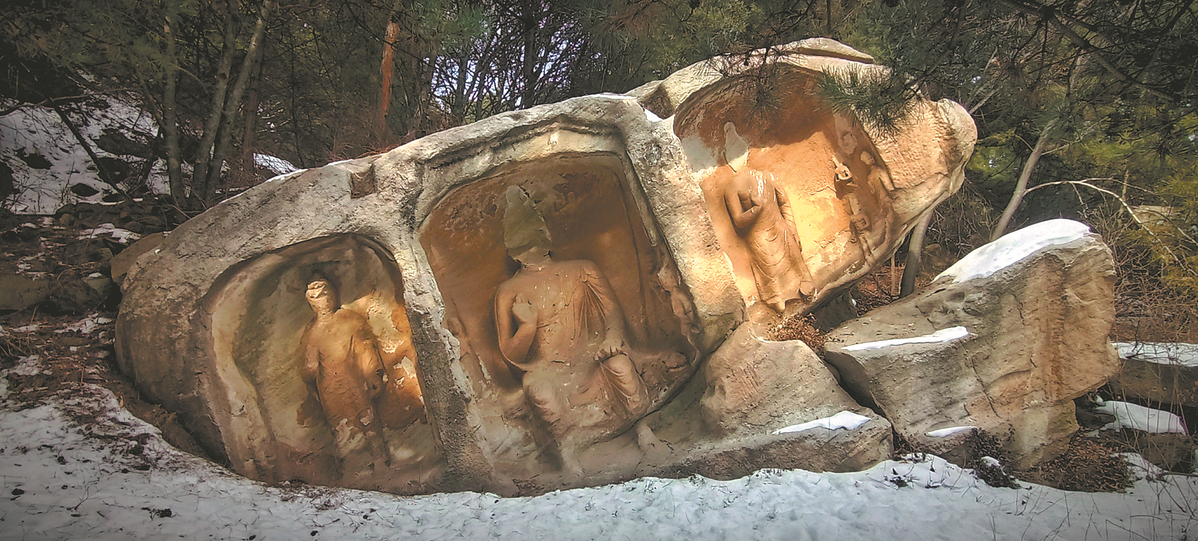
One of the major smugglers was Sadajiro Yamanaka. He went on to found Yamanaka & Company, which he used to sell smuggled artifacts from China and other Asian countries to Western buyers in the 1920s and 1930s, taking advantage of the chaos sown by Japan's invasion of China and its neighbors in World War II.
None of the more than 150 Buddha statues at the Tianlongshan Grottoes is complete today. All of their heads have been removed, and some are missing other parts of their bodies. It has been determined that about 120 of the Buddha heads found overseas today came from Tianlongshan, one of the most damaged grottoes in China.
Since 2011, Zhang, the artist, has tried to restore the original appearance of the Tianlongshan Grottoes. Using ink sketching techniques, as well as Chinese and Western paintings as references, the "painting geek" as locals call him has devoted himself to making paintings of more than 100 Buddhist statues in the grottoes.
Zhang was born in Dajingyu village, about 20 kilometers from the grottoes. When he was a child, he heard so much about the beauty of the grottoes from his fellow villagers. But it wasn't until he visited the mountain in his 20s for the first time that he was disappointed to find that none of the caves survived plundering.
"It was like a home that has been abandoned for many years, with debris and dust everywhere," Zhang said as he recalled his first visit.
"When the sun was setting, I was about to leave. A beam of sunlight from the side entered the cave at that moment shining on a looming and incomplete Buddha statue. You would never have imagined that this beam of light shining on the remains of a Buddha statue would have shocked me so deeply then.
"I felt an unspeakable throbbing in my heart. I even wanted to cry for a moment. That kind of light transcended history and brought life back to the Buddha."
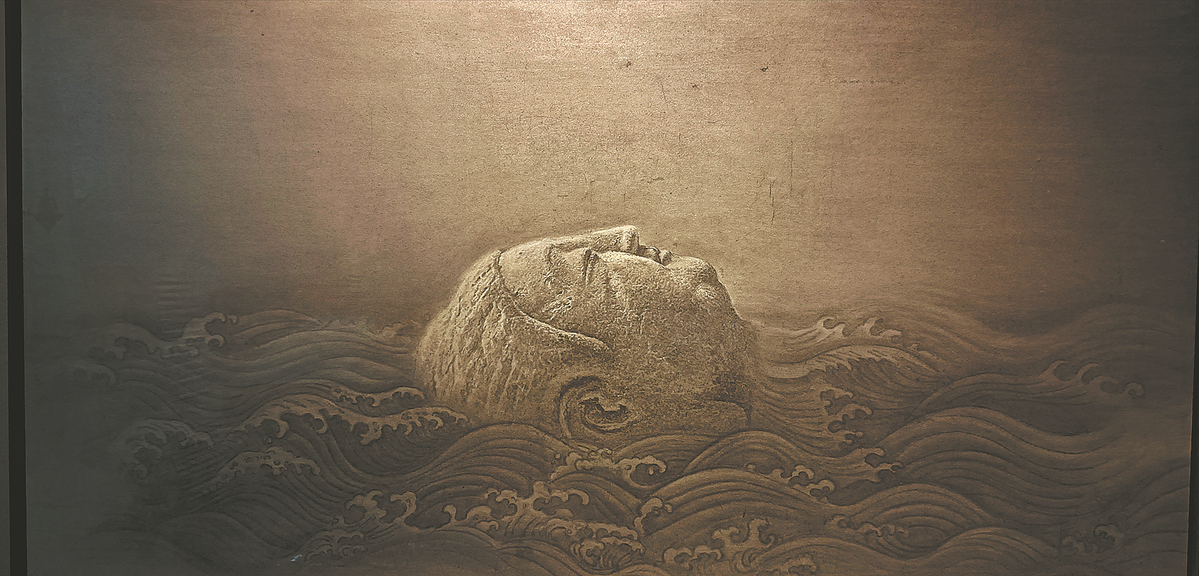
Zhang continued to visit the grottoes, interacting with the incomplete Buddha statues as if he were having a dialogue with the works and their sculptors. One day, he decided that he would make the statues whole again with his brush and paints.
He immediately started collecting photos and materials related to the Tianlongshan Grottoes and began painting the Buddhist statues on the walls, adding their respective heads. The most helpful reference materials included books on the grottoes authored by Chinese architecture historian Liang Sicheng and art historian Osvald Siren.
He said painting at the site is important, as immersing himself in the environment gives him inspiration. "Only by touching it (the statue) with your own hand and feeling it with your own heart can you appreciate the difference between the photos and the real thing," Zhang said. "During this process, I can communicate with the ancient craftsmen carving Buddha statues."
Zhang hopes he can use these paintings to awaken people's love and yearning for Chinese sculpture art.
"Of course, I hope more and more Chinese cultural artifacts can return home from overseas in the future," he said.
Sun Ruisheng in Taiyuan contributed to this story.
liyang@chinadaily.com.cn
- Carrier's milestone moment: Electromagnetic launches
- Trial of 21-member cross-border crime group ends in Shenzhen
- Shanghai Jiao Tong Uni fosters collaborative research through China-Oceania forum
- Global scientists gather at 2025 Pujiang Innovation Forum in Shanghai
- UNESCO inaugurates STEM education institute in Shanghai
- China, US should avoid conflict, defense chief says

















